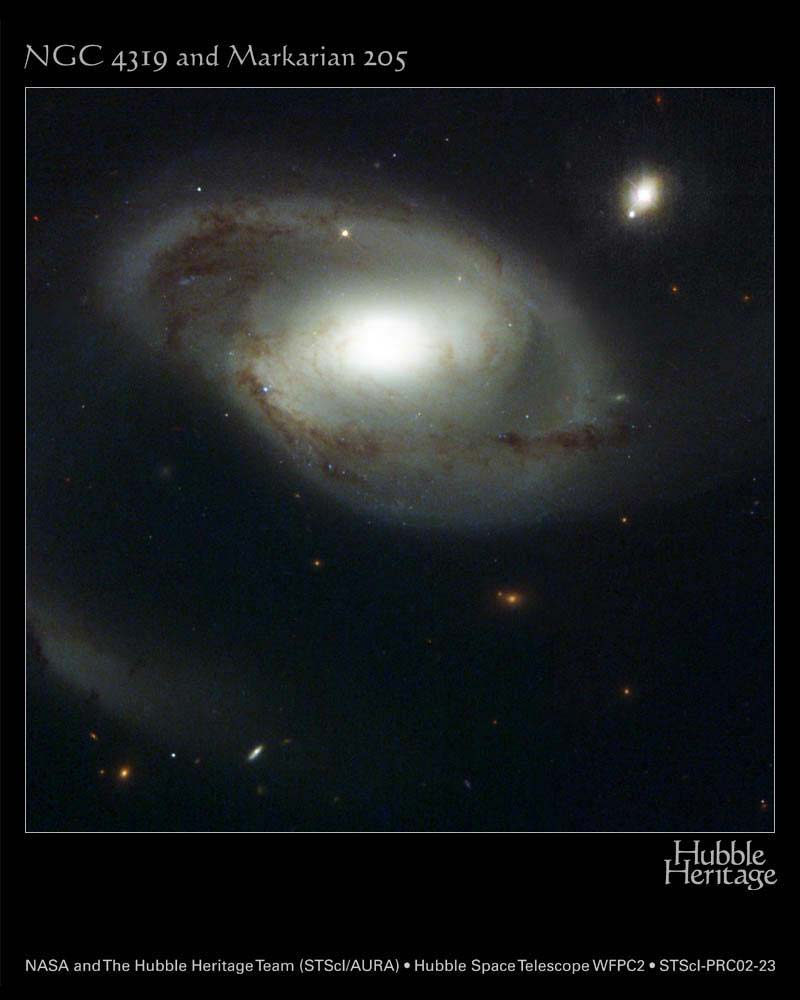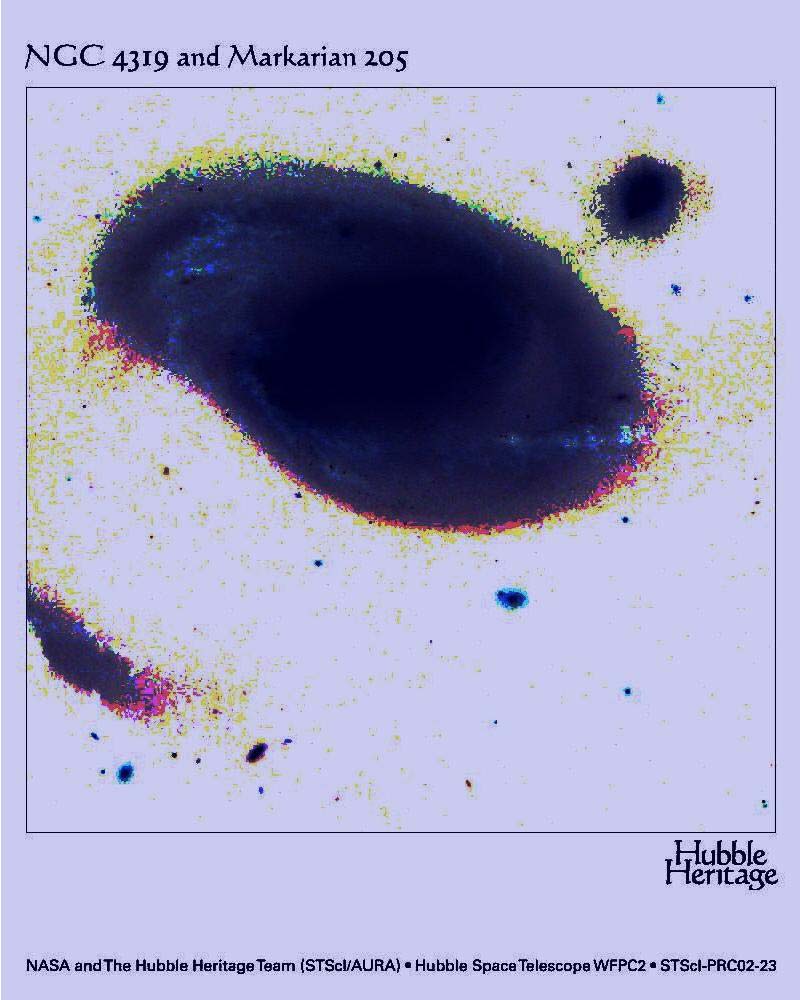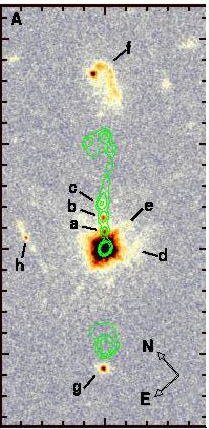Article by Abdul Malek
Can Halton (Chip) Arp's Name Be Erased From History?
Halton (Chip) Arp along with Edwin Hubble were the greatest astronomers/astrophysicists of the 20th century. While Hubble's name is much used and
abused; Arp's (some call him the Galileo of modern times) name is hardly ever mentioned in the narrative of official astrophysics and cosmology.
Arp's name is famously associated with the Quasars, but in the present narrative on Quasars in
Wikipedia, his name does not even merit any mention!
Quasars represent the biggest embarrassment of the Big Bang creation cosmology, based on mathematical idealism and the General Relativity (RG) that has replaced theology as the ruling idea for monopoly capitalism. Since it was first suggested by Halton (Chip) Arp few decades ago that high redshift quasars are ejects from nearby (low redshift) active galaxies, mountain of rapidly accumulating observational evidence including quasar - galaxy associations, close pair of quasars, their alignments and groupings, redshift periodicity and quantized redshifts effect etc. [1 - 4 ] is making breeches in the high walls of the closely guarded Big Bang paradigm that obstinately refuses to accept [5] the ejection theory. In one of the most famous cases involving NGC 4319 and the quasar Markarian 205 Arp and his associate Jack Sulentic demonstrated a luminous link between the two; both from the pictures of an amateur astronomer and the one taken later by Hubble Space Telescope as shown below (Fig. 1):


But it was as usual strongly denied [6], as a line-of-sight occurrence. Statement by Arp [7]: "Science, 11 Oct. 2002, p. 345, ran a small article on the statements from both sides, but most science magazines just accepted the NASA release as refutation of the connection. Personally, I can say that after more than 30 years of evidence disputed by widely publicized opinions that the bridge was false, I was saddened that not one prominent professional has now come forward to attest that it is, in fact, real".
Arp was forgotten by mainstream astrophysics community and ejection trails of the quasars were totally abolished and vehemently denied, even after the following "Deep Spectroscopy in the Field of 3C 212" image turned up [8]. The quasar 3C 212 photo is shown (Fig. 2), overlaid with a green-tinted radio emission map. To the SE there is an optical feature nearly matched by a radio feature, but in the NW there is a brilliant horse-head-shaped radio emission which connects unbroken to the QSO with a long neck in between. Beyond this emission, further out from the QSO but in a perfect line with the QSO -radio horsehead axis, there is an optical horse's head, identical in every significant morphological way (i.e. they look just the same). Both radio & optical horseheads are revealed in the article to be close doublets, with one emission at the eye and another of the mouth of the horseheads.

In line with official cosmology, the original authors [8] interpreted this image as, ".. the horsehead features ... ...are ... not ...related". Now Bruno Leibundgut and Jesper Sollerman [9] have a good laugh and interpret the image in the following way, in line with poor Halton (Chip) Arp, long after he is gone and forgotten!
"Some reflection shows us what is happening in this photo. The QSO 3C212 is surrounded by a spherical shell of material similar to rings seen around stars (which are spherical shells seen edge-on). It has ejected the doublet f & g along its polar axis. The horsehead f represents a significant amount of material, and left a radio trace of its emergence out of 3C212. When f and g reached the spherical shell they splashed through, leaving a radio signature on the shell. The horsehead f left a horsehead-shaped splash. The simple object g splashed through and has left simple ripples in the shell. Go on, look -- there are two ripples, indicating the spherical shell has two layers. Simple, really, once you see it.
So now it becomes clearer. The QSO 3C212 is at redshift z=1.049, f is at z=0.928, and so is hurtling toward us with radial speed of about z=0.121 (ignoring "intrinsic" redshift component, see below). The redshift of g has been measured at 1.054, so has a small radial speed away from us of z=0.005. There, now that wasn't so hard, was it? All we need to do it accept that redshift can stem from more than just cosmological distance".
Note: Please see the attached file for the Figs. and References and also the following link:
Article QUASARS – RETROSPECT, PROSPECT AND A POINT of DEPARTURE




